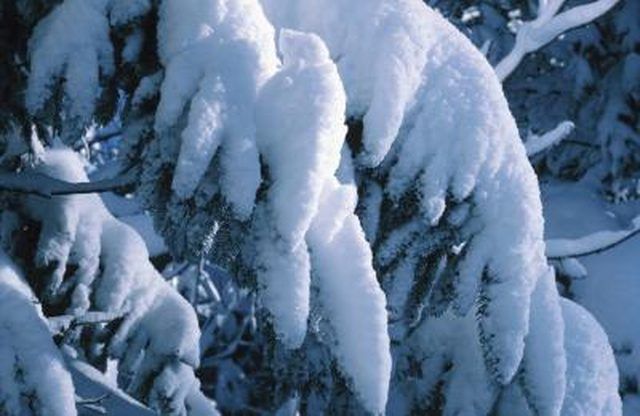Bulbs
Flower Basics
Flower Beds & Specialty Gardens
Flower Garden
Garden Furniture
Garden Gnomes
Garden Seeds
Garden Sheds
Garden Statues
Garden Tools & Supplies
Gardening Basics
Green & Organic
Groundcovers & Vines
Growing Annuals
Growing Basil
Growing Beans
Growing Berries
Growing Blueberries
Growing Cactus
Growing Corn
Growing Cotton
Growing Edibles
Growing Flowers
Growing Garlic
Growing Grapes
Growing Grass
Growing Herbs
Growing Jasmine
Growing Mint
Growing Mushrooms
Orchids
Growing Peanuts
Growing Perennials
Growing Plants
Growing Rosemary
Growing Roses
Growing Strawberries
Growing Sunflowers
Growing Thyme
Growing Tomatoes
Growing Tulips
Growing Vegetables
Herb Basics
Herb Garden
Indoor Growing
Landscaping Basics
Landscaping Patios
Landscaping Plants
Landscaping Shrubs
Landscaping Trees
Landscaping Walks & Pathways
Lawn Basics
Lawn Maintenance
Lawn Mowers
Lawn Ornaments
Lawn Planting
Lawn Tools
Outdoor Growing
Overall Landscape Planning
Pests, Weeds & Problems
Plant Basics
Rock Garden
Rose Garden
Shrubs
Soil
Specialty Gardens
Trees
Vegetable Garden
Yard Maintenance
Evergreens & Droop
Evergreens & Droop. Snow-laden evergreens with branches drooping gracefully toward the ground are a common holiday card image. Evergreens with naturally drooping branches are popular landscape trees. Drooping branches, however, sometimes indicate evergreens in distress.

Snow-laden evergreens with branches drooping gracefully toward the ground are a common holiday card image. Evergreens with naturally drooping branches are popular landscape trees. Drooping branches, however, sometimes indicate evergreens in distress.
Coniferous Evergreen Droop
More than 150 species of needled evergreens have pendulous, or weeping, branches. Coniferous, naturally drooping evergreens include white pine (Pinus strobus 'Angel Falls') and weeping hemlock (Tsuga canadensis 'Pendula').
Broadleaved Evergreen Droop
Rhododendron's broadleaved, evergreen foliage often turns yellow, curling under and drooping when temperatures fall to 25 degrees Fahrenheit. This is a temporary, water-conserving measure, according to Cornell Cooperative Extension information specialist Nancy Doubrava and plant pathologist James H. Blake.
Disease-Related Droop
Scots and other non-native pines are vulnerable to parasitic nematodes that cause pine wilt. Needles on affected trees turn brown and wilt quickly, often staying on the trees and causing a droopy look.
Snow-Weighted Evergreens
A covering of ice and snow on arborvitae and other heavily stemmed, coniferous evergreens can be as damaging as it is beautiful. Protect these trees from heavy winter snows by bundling their stems together and tying them with rope or twine. Brush snow off gently; let ice melt. Remove the bindings in spring.